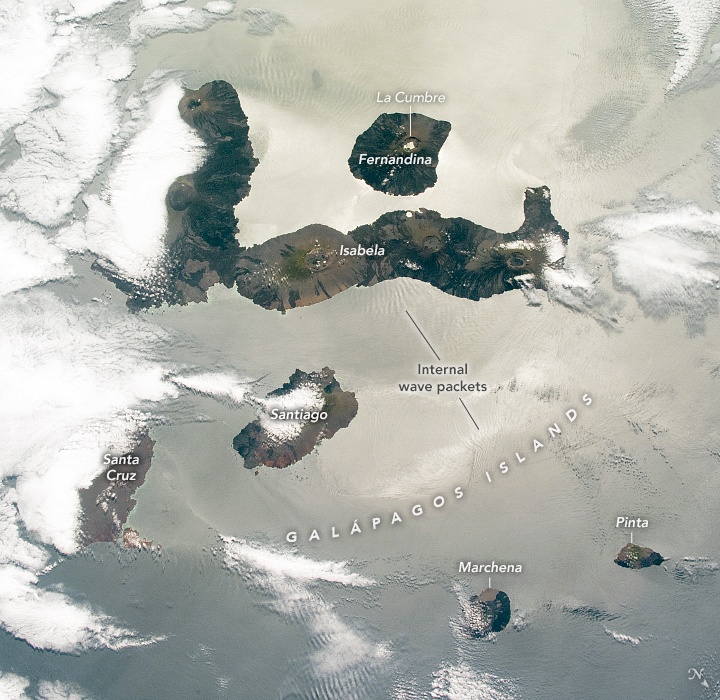
If you want to sail through Galapagos, you can do it one of two ways. Either you do so as a guest on a passenger ship or you charter a yacht. Galapagos Luxury Charters based in San Cristobal Ecuador have perhaps the best charter yachts to do the job.
Among the fleet of motor yachts on offer from broker Stephanie Saman is, Grand Majestic.
This elegantly sporty yacht is the fastest in the Islands and offers high-quality service, a delightful Master Suite and luxurious social areas.
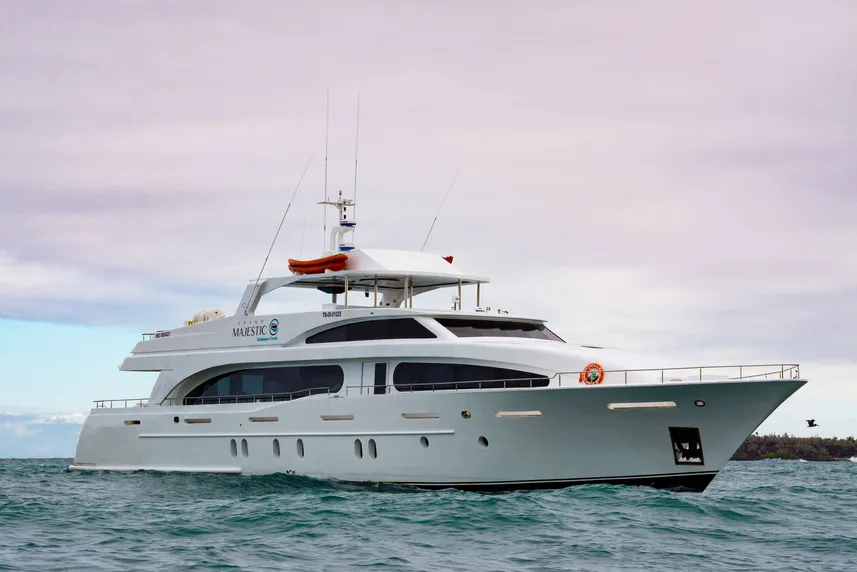
The only modern charter yacht cruising the Galapagos, Grand Majestic, features seven luxuriously cozy staterooms. They come with either two twin beds or one Queen size bed and a spacious bathroom. The Master suite has two private bathrooms.
When chartering privately through Galapagos Luxury Charters this is what you might expect.
Day 1
Arrival in San Cristobal Airport and transfer to the yacht. Visit El Junco Lagoon located in the caldera of an extinct volcano. Rainwater feeds the lagoon. There are many farms and ranches in this area of San Cristobal Island, and sometime cows can be found near the lagoon.
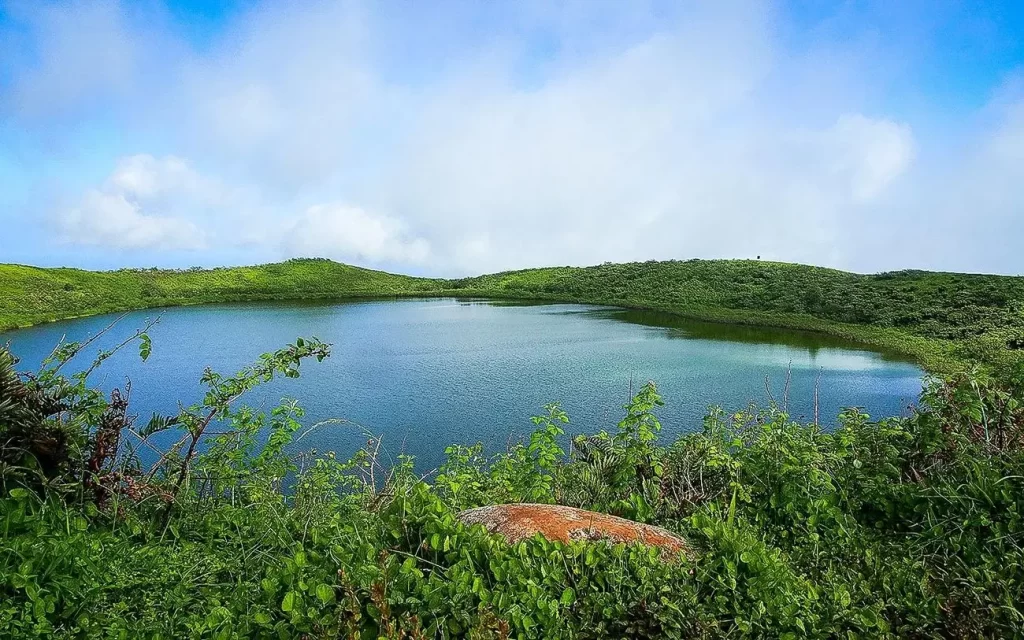
Day 2
You will land on a beach at Post Office Bay. Walk to a spot where 18th century whalers placed a wooden barrel that was used as an unofficial mail box. The custom continues to this day with Galapagos visitors. So, don’t forget your postcards, and don’t be surprised if the post card arrives to its destination before you even get home!
Cormorant Point hosts a large flamingo lagoon where other birds such as common stilts and white-cheeked pintails can also be seen. The beaches on this island are distinct. The “Green Beach” named so due to its green colour, which comes from a high percentage of olivine crystals in the sand. And the “Four Sand Beach” is composed of white coral.
At Devil’s Crown, you will have a chance to snorkel around the rocky remains of an offshore volcano sticking out of the water. This is a great location to spot a wide range of marine creatures.
Day 3
On the trail to Suarez Point you will have the chance to spot blue-footed boobies, albatrosses, and Nazca boobies. This island is the breeding site of nearly all of the world’s 12,000 pairs of waved albatrosses. You will also visit a beautiful site on the ocean front where there is a cliff that the large albatrosses use as a launching pad! You will have the chance to see the famous blowhole that spurts sea water into the air. The landscape is great for photography.
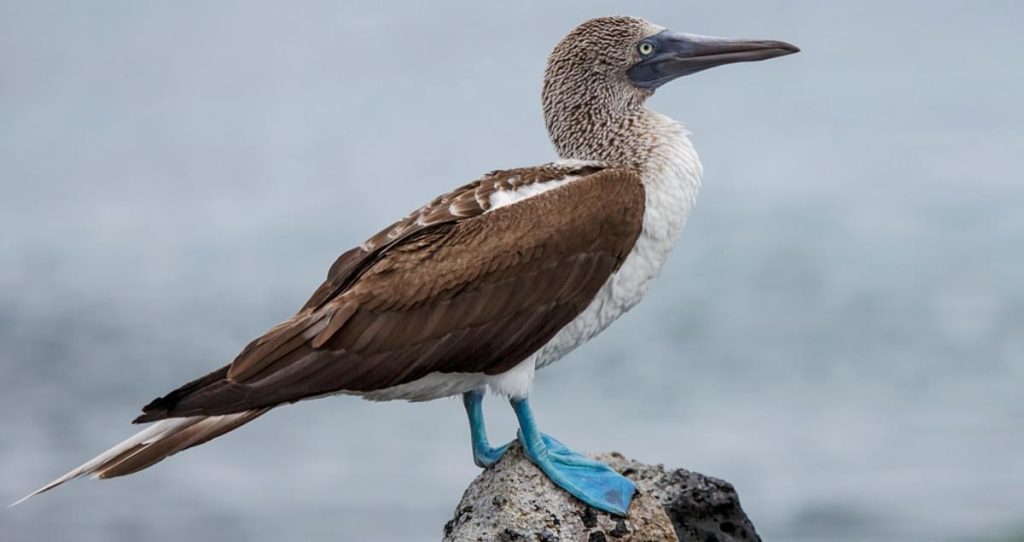
Take an excursion to the spectacular Gardner Bay. After landing, you can walk across a
lovely white-sand beach amongst a busy sea lion colony or dive into the water to swim with sea lion pups. You may also see curious mockingbirds on the beach.
Day 4
Visit the twin craters of Los Gemelos located opposite to each other on both sides of the road leading from Puerto Ayora to Baltra. The name is only figurative because these are not real craters. They are formations created by the collapse of surface material in underground fissures and chambers. The view is breathtaking.
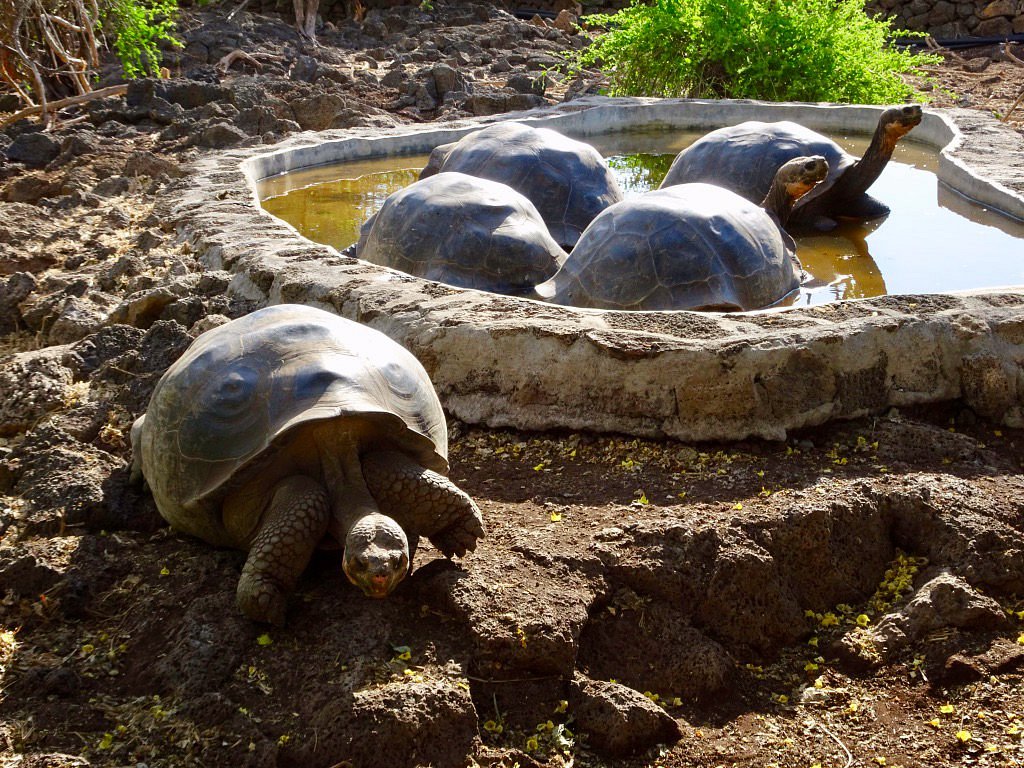
The Charles Darwin Research Station is home to turtles ranging from 3-inches (new hatchlings) to 4-feet long. Subspecies of turtles interact with one another and many of the older turtles are accustomed to humans stretching out their heads for a photo opportunity. The babies are kept until they are about four years old and strong enough to survive on their own.
Day 5
El Barranco is also known as Prince Phillip’s Steps. The steep, rocky paths leads up to a high cliff-face. A marvellous view can be appreciated from here. This site is also home to palo santo vegetation as well as red-footed boobies, short-eared lava owls, Galapagos swallows, and Galapagos doves.
From the white sand coral beach at Darwin Bay, a half mile trail (0.75km) winds through the mangroves. They are filled with land birds. Nazca boobies, red-footed boobies, and swallow-tailed gulls can be spotted here.
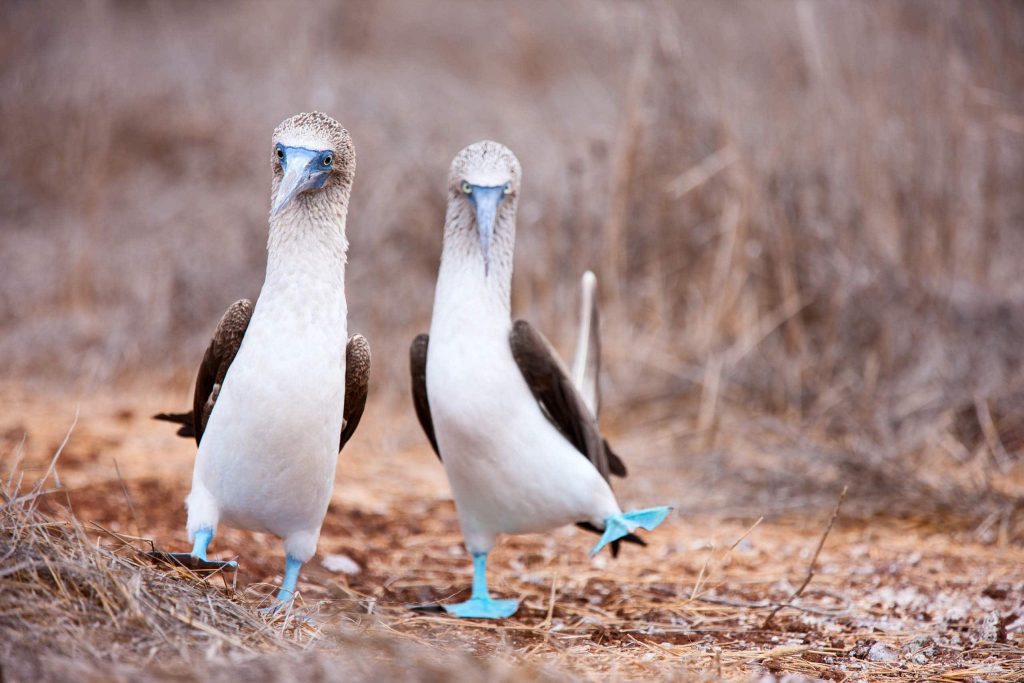
Further down the path are tidal pools with sea lions swimming playfully. At the end of the trail there is a cliff that offers a spectacular view.
Day 6
Rabida Island (Jervis) is one of the most colourful and volcanically varied islands in the archipelago. It is a great snorkeling site. Its famous maroon sandy beach and stunning lookouts provide wonderful landscapes. The island is a birdwatcher’s delight. Some of the rarest species are in abundance. Including nine varieties of finches, large-billed flycatchers, Galapagos hawks and brown pelicans.
The small Chinese Hat Islet is located near the southeast coast of Santiago Island. Its name comes from the distinct shape of the islet’s summit. This small islet is a great location to view many geological formations such as lava tunnels and lava flows. Some of the lava flows were formed underwater and subsequently raised above sea level. The presence of coral heads on the lava flow indicates this phenomenon.
Day 7
Witch Hill is located on the northern coast of Santiago Island. This eroded hill and its surroundings present one of the most picturesque beaches in the Galapagos. It is famous for its white powdery sand and the abundance of animals.
Wildlife here includes sea turtles, rays, and various types of booby birds. The clear water provides an excellent opportunity for enjoying swimming and snorkelling.
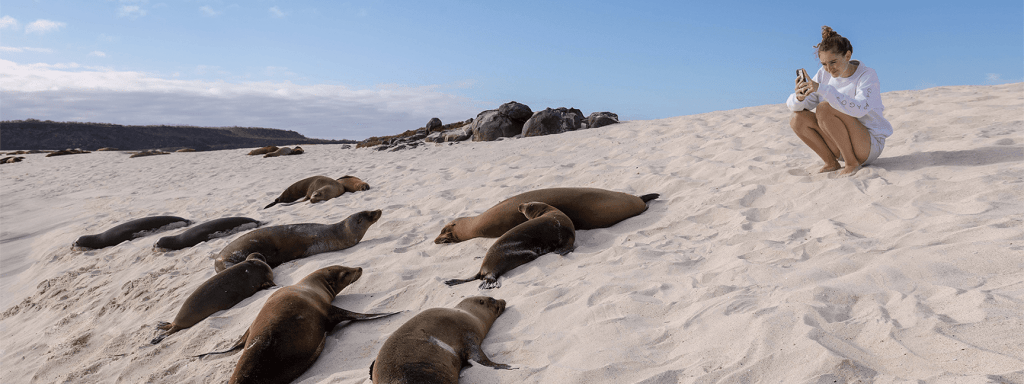
Lobos Island means “Sea Lion Island.” This appropriately named island is ripe with noisy, frolicking, jolly sea lions who will welcome you to their home with open, well, fins. This island also offers great snorkelling opportunities as well as the chance to see blue-footed and Nazca boobies.
Day 8
Gianni Arismendy Interpretation Center was opened in 1998 as a phase of the project “Interpretation and Environment Education Project.” Visitors enjoy expositions on natural history, human history, and conservation. The conservation efforts represent the movement to protect the wildlife and natural environment through means of population and tourist control. The interpretation centre has an outdoor stadium, audio-visual equipment, and meeting rooms
After this final visit, you will be transferred to the San Cristobal airport in time for your flight back to the mainland.
